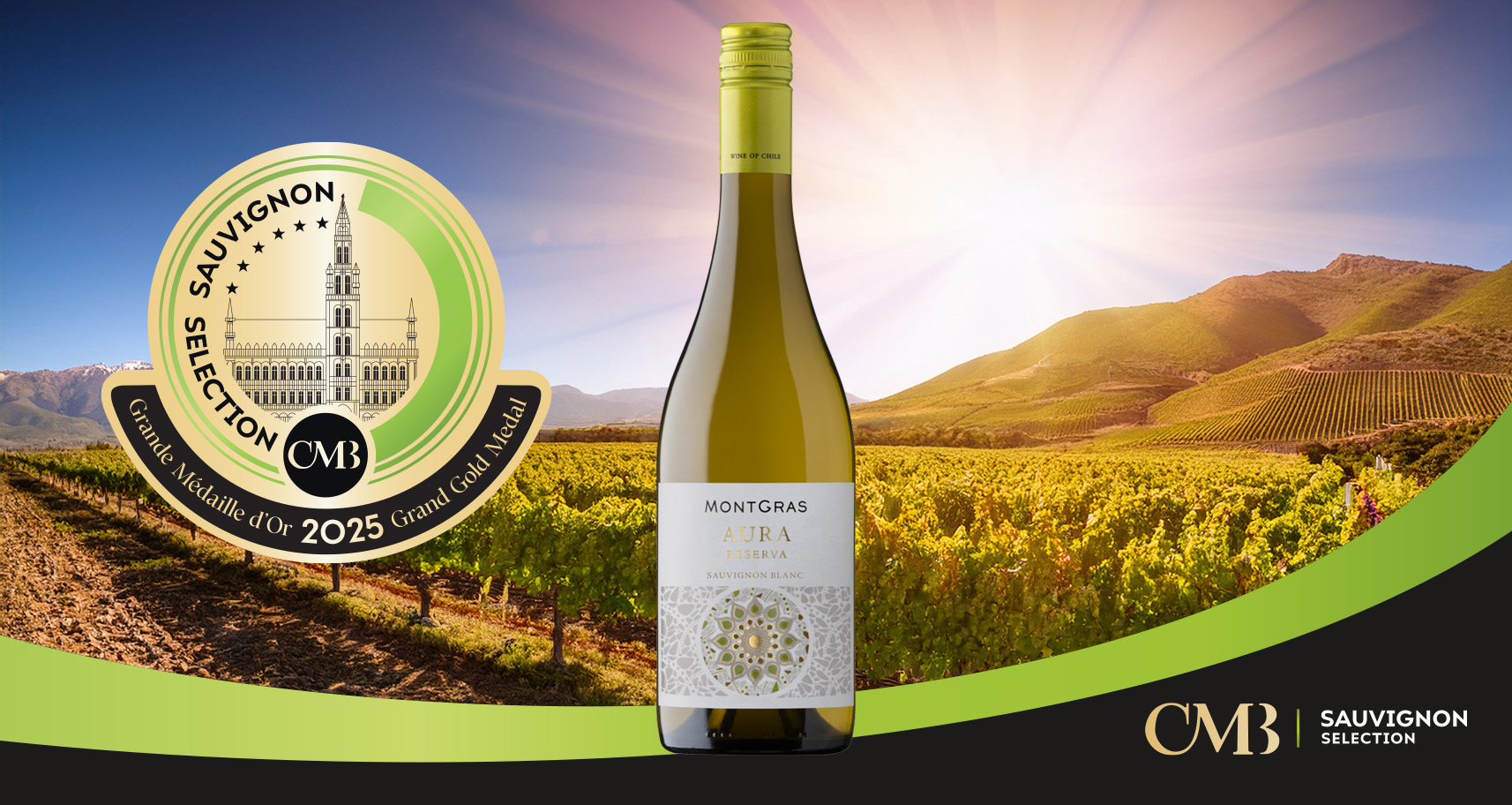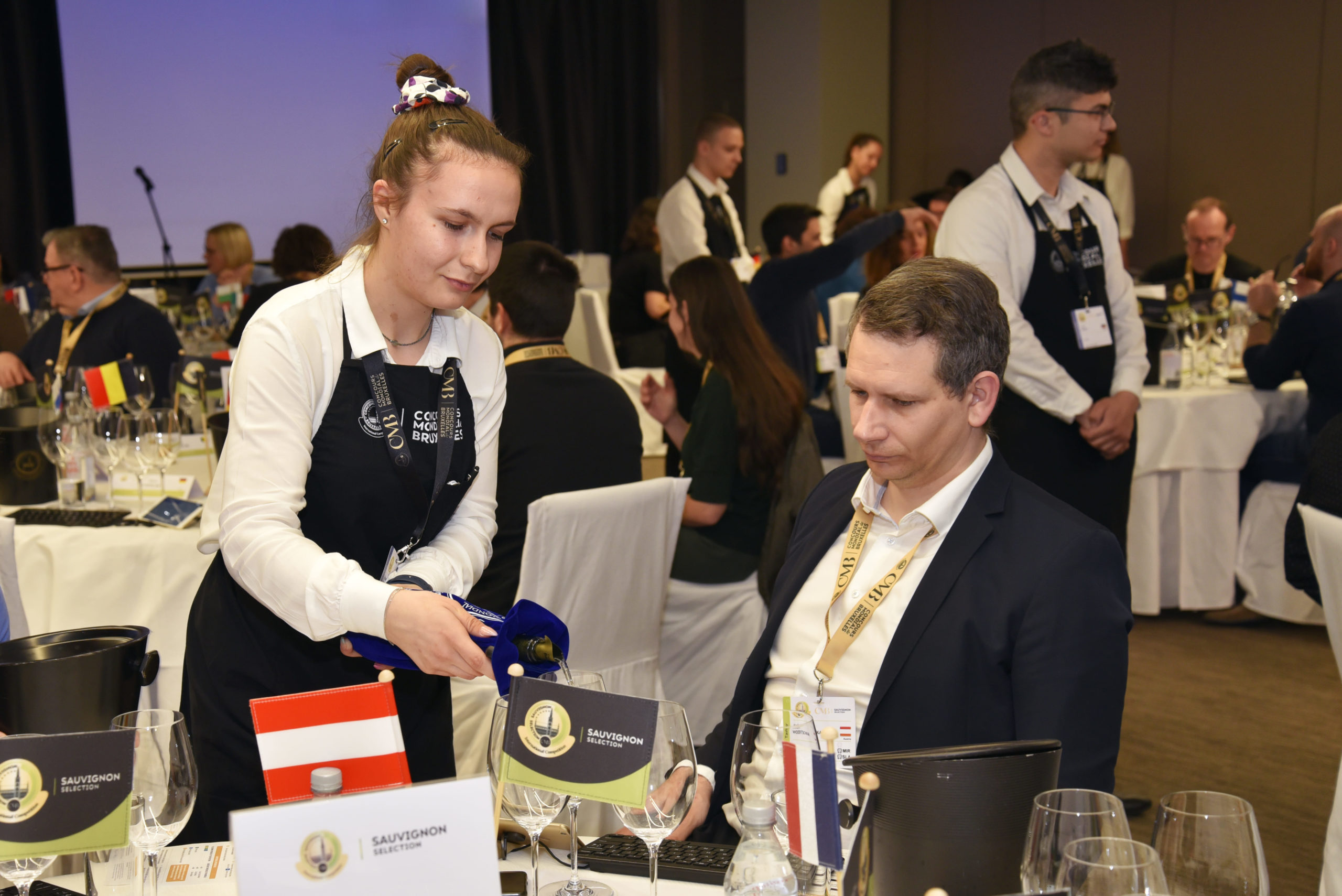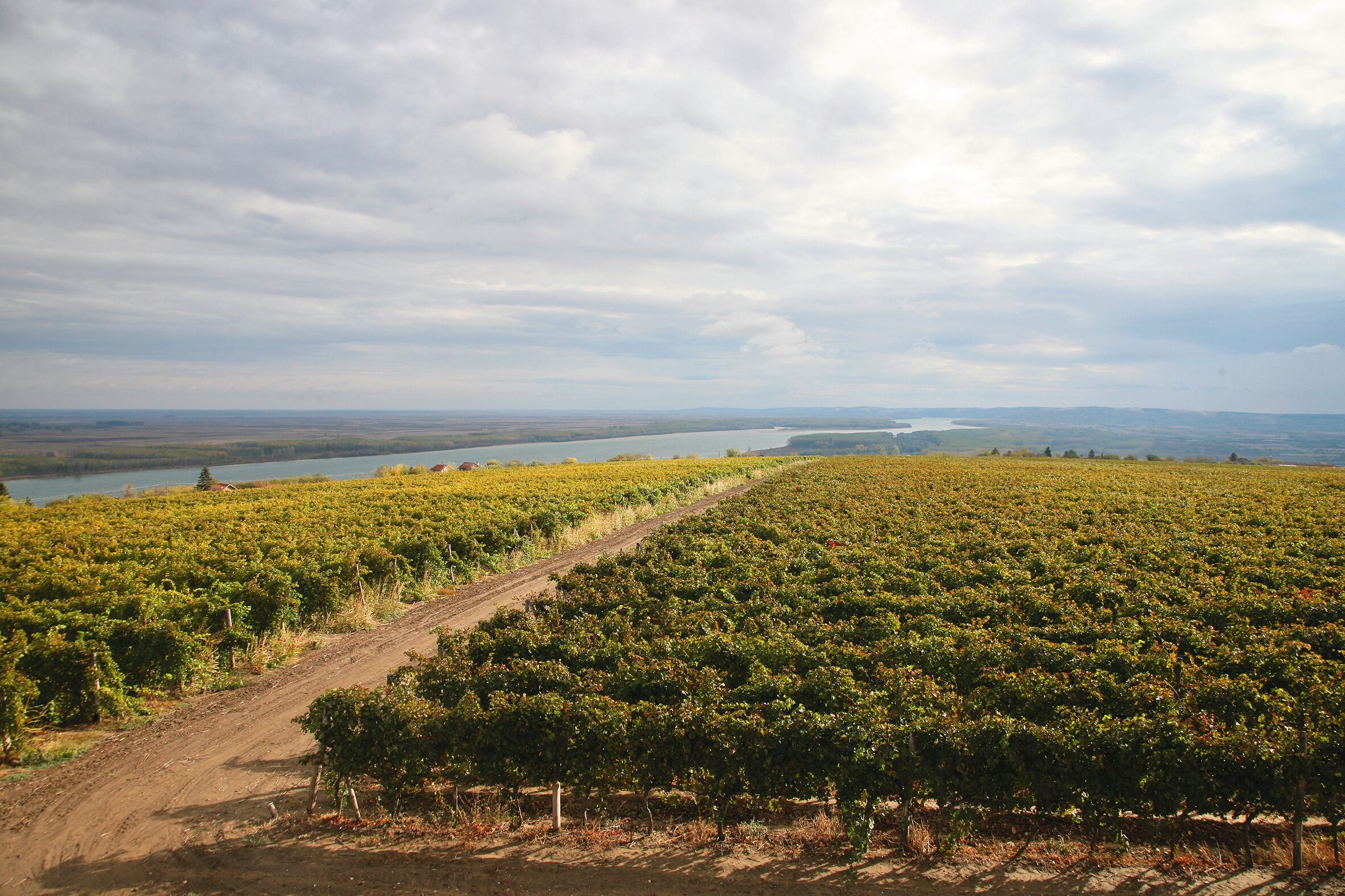Which types of Sauvignon are most popular with French and Belgian wine lovers?
Compare and contrast
Sauvignon blanc enjoys global popularity, but how does its success vary from one country to another? With one store in Le Touquet Paris Plage in France and another in Tournai in Belgium, Pascale Guillier is ideally placed to assess the different ways in which each culture approaches the varietal.

First of all, tell us about your stores….
The company is 125 years old and our business has focused entirely on wines since the end of the 1970s. In 1999, I created the Touquettoise wine store and two years later Saint-Jacques in Tournai. In Tournai, we have about 400 listings while in Le Touquet, our range covers just shy of 300 wines. We offer tasting courses to industry members and the public and also have a wholesale company that works with about 125 restaurants, as well as other wine merchants. The Touquettoise and Saint-Jacques wine shops are more geared to private clients. In total, we sell more than 650,000 bottles. In Le Touquet, 40% of sales are white and 25-30% of whites are Sauvignons.
What types of Sauvignon do you offer in your stores?
We work with all the French regions that grow Sauvignon. Unfortunately, we do not have any foreign Sauvignons, due to lack of space at the moment. For the Loire, we market Touraine, Reuilly, Menetou-Salon, Pouilly and Sancerre for example. We work with white Bordeaux, and sell a number of Sauvignons blended with Semillon. We also list a Sauvignon from the Saint-Chinian region, which is completely atypical, which just goes to show how Sauvignon can have a very recognisable aromatic signature, but not always! In this case it is not recognisable at all! We also sell a ‘Blue Sauvignon’, but this is more for fun. We sell more of it in Le Touquet than in Tournai. Our range also includes a chateau from Cabardès which produces beautiful wines.
Are there any significant differences in the selections between your French store and the one in Belgium?
Absolutely, there are many differences. White wine is less popular in Belgium. Our French store is located on the Opal Coast, so we sell many more white wines there and a lot of Sauvignons. It is a grape variety that people enjoy, for its freshness and also as an accompaniment to the seafood dishes that are common in this coastal region. The food and wine pairings are always great because Sauvignon counterbalances the iodine in the seafood. It is the number one choice for this type of pairing. We work with prominent Sauvignon companies and appellation wines account for a large share of our range. For southern varietal wines, it is up to us to introduce them to our customers because they will not spontaneously go looking for them. They don’t think of Sauvignon as coming from the South. They do not associate Languedoc with Sauvignon, for example, whereas there are some magnificent examples in the region.
What criteria do you apply to the choice of Sauvignon in your stores?
The essential criterion for us is balance and I focus on that a lot. Secondly, balance must offer good value for money and meet customer demand.
What are the Sauvignon blanc styles currently in vogue?
Consumers are looking for wines that are fresh. Oaky profiles are more challenging to sell. If there is oak, it has to be used very skilfully. We have tested some lightly wooded styles and they are not what consumers are looking for yet. They want fresh wines for immediate drinking, with aromas of citrus fruits and white flowers. Nor should they be too exuberant. Sauvignon is particularly suitable as a partner for food. It is harder to market it as an aperitif. In the North, we are more attached to sparkling wines for before-dinner drinks whereas white wine is more of a table companion.
Have the most popular profiles changed in recent years?
Absolutely. Consumers nowadays are less fond of Sauvignons with very overt thiol characters. The style is not as popular as it used to be. People now want passion fruit aromas and minerality, even though the term has become slightly hackneyed. Nevertheless, these are the descriptors that we hear the most. Tense styles are preferred.
In a nutshell, what makes Sauvignon as popular as it is?
Sauvignon is the ultimate versatile grape variety. It can be exuberant or low-key. It can be simple and palatable right away, but it can also be paired with delicacies such as lobster or turbot. That’s what makes it so exciting. Its great advantage is that it can be drunk almost immediately. A wine is consumed within 24 to 48 hours of purchase and Sauvignon does not need to be cellared for several years to reach its peak. Customers still ask us if they can keep Sauvignon and even if we tell them it can be cellared, we know that they will still drink it within 48 hours! This is particularly true in Le Touquet – people don’t come on holiday with their wine cellars, so very often they pay a visit to the store twice a day and often leave with Sauvignon. Why? Because it offers instant gratification, they don’t have to rack their brains over it and they can open it right away.
Is there any such thing as a typical price range people are prepared to pay for Sauvignon?
We sell some Sauvignons for 6-7 euros a bottle but most of our range retails for between 10 and 15 euros. Above that is more challenging and it usually involves serious wine enthusiasts looking for true sense of place. If we take the Loire as an example, different terroir types such as flint or limestone will produce wines that are either fresh and lively or show more fat. These are the more enlightened connoisseurs and it is fun talking to them.
How do you see the future for Sauvignon Blanc in terms of taste profile and drinking occasions?
I think that Sauvignon has a huge role to play in the market, provided the consequences of certain weather hazards – such as those that have affected Touraine in the past – can be overcome. Otherwise, they totally disrupt market dynamics. This factor aside, I think that Sauvignon is bound to gain even more traction because a lot of effort has been put into it. Winegrowers are focusing much more on ripeness issues, which were always the big drawback with Sauvignons in the past. From our perspective, we are increasingly developing our range. Our next task will be to bring in foreign Sauvignons – from California, Germany, Austria, Australia and New Zealand. We would very much like to expand our range of Sauvignon – it is a popular grape variety and we are being asked for it more and more.
Interview by Sharon Nagel


